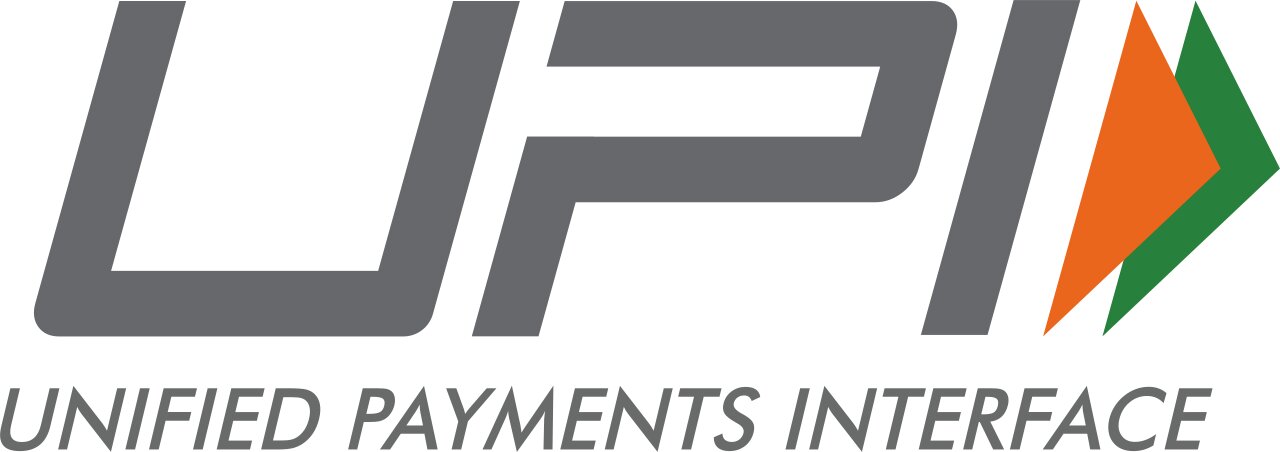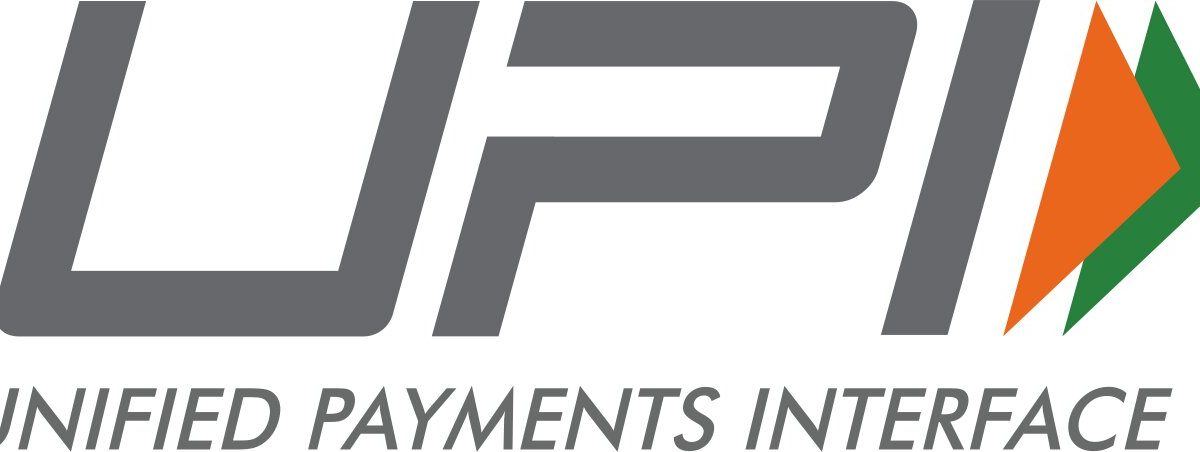From the barter systems of exchanging goods to using currency, mankind has progressed a lot. We are currently in a digital era where everything is at our fingertips, the internet has made our lives easier than ever before, from ordering food online to paying bills with just a click, digital payments have played a crucial role.
We all are used to payment apps like Phonepe, Google Pay, Paytm, etc these apps have become a crucial part of our lives. The transaction on these apps takes place by UPI- The Unified Payment Interface is a single-interface payment system, developed by the National Payment Corporation of India (NPCI). UPI: Unified Payment Interface is a smartphone application that allows users to transfer money between bank account. It is a platform where customers can link bank accounts held by different banks into a single UPI application and use their registered cell phone number to easily trade between them around the clock. The UPI Platform is a UPI system that operates from multiple banks accounts in a single mobile application from participating banks, combining multiple banking features such as seamless fund routing and merchant payments under one roof. The National Payments Corporation of India (NPCI) developed a single-window mobile payment system ( Mobile Payments). There is no need to enter bank details and other sensitive information every time a customer initiates a transaction. UPI has introduced new features such as In-App payments, cross-screen QR codes, the addition of web-based payments, and the extension of the range of services to online payments using UnionPay-powered e-wallets.
Thousands of companies across hundreds of categories have recognized the essential benefits that UPI Autopay offers and have switched on with it in the last year and a half.
Even though it has a huge impact on the digital economy, UPI payment risk comes with considerable security risks.
Let us take a step back to understand the rise and development of this ground-breaking payment method in India and where it is heading. UPI’s invention has redefined recurring payments and made them beyond our imagination.
RISE OF UPI
UPI was first launched In 2016 it was piloted by the National Payments Corporation of India (NPCI) and launched by 21 member banks from Raghuram G. Rajan, then RBI governor. UPI’s target audience involves everybody that use digital methods of transferring money. We look at the rise of UPI transactions in India and how they have become a critical factor in the country’s evolving cashless ecosystem. With the UPI payment limit being Rs. 1 lakh, according to the reports, over 3 billion transactions took place in 2018 on UPI platforms, with 620 million transactions touching the Rs 1 lakh crore mark alone in December 2018. According to another report in January this year, the number of UPI transactions seen as pioneering in the digital payment system and a crucial factor in a cashless economy was around 1.09 trillion rupees.
The value of online financial transactions in India increased 10.5 percent between December 2019 and December 2020, the company said. A joint report by market research firm WorldPay states that 39.7% of India’s e-commerce payments in 2020 were made through digital wallets, with wallets becoming the country’s leading online payment method. According to data from EY, digital transactions based on UPI increased 110% in volume and 109% in value between June 2020 and June 2021 if current trends continue over the next few years, UPI’s contribution to the nation’s entire digital payments industry will increase significantly. The consistent rate of growth reflected in UPI payments could mean up to 18 percent of the country’s total target of 30 billion transactions is achieved in the coming years.
By 2023, 60 billion UPI platform transactions are projected to account for more than 50 percent of India’s digital payments. Looking at the number of years, we can confirm that the total number of UPI transactions reached 800 million in March 2019. UPI transactions are growing faster this year than in the same period last year. Between April and August 2021, there were 14.79 billion transactions, 22 times the 6.68 billion recorded in the same period in 2018. UPI It took three years to reach a billion transactions a month and the next billion in years to come.
UPI has witnessed exponential growth in the past year, taking a large share of the market from players such as PhonePe, Paytm, and Google Pay. In FY20, 125.1 billion rupees (12,519 million) were made in transactions worth 2 lakh 1,317.0 crores (2,131 trillion rupees), representing a 13.2% increase in volume and a 14.3% increase in value compared to FY19. UPI in March, the value of Rs5 lakh crore, the highest ever, surpassed Rs2.3 billion in transactions at the end of the 2021 fiscal year. From January 2020 to September 2020, from the Reserve Bank of India (RBI), the value of UPI transactions rose by INR 2,162 billion to INR 3,290 billion over the same period. The surge in UPI transactions has increased consumer interest in paying bills, charging cellphones, and buying non-essential goods on e-commerce platforms. UPI Payments’impact on the Indian market is enormous and has made a difference in payment methods and shopping sites used by consumers.
Unified Payment Interface (UPI) usage across India in June 2021, by platform
Source: India: UPI usage by platform 2021 | Statista
The above graph indicates the use of UPI across various platforms in June 2021. Out of the 2.8 billion transactions, Walmart subsidiary PhonePe had a share of 46 percent and GooglePay a share of 35 percent. It was the seventh month in a row that PhonePe topped the list after it had passed GooglePay in December 2020 for the first time. The third big player is Paytm with a share of nearly 12 percent.
Source: Read how UPI is taking popular e-payments in India by the storm! | IndoreHD
The above graph depicts the rise In UPI transactions month after month we can see that there is a huge rise in UPI transactions the pandemic has also played a vital role in rising of UPI transactions.
| UPI Remitter Banks – Top 50 Banks (September’21) | |||||||
| Sr. No. | UPI Remitter Banks (September-2021) | Total Volume (In Mn) | Approved % | BD % | TD% | Total Debit Reversal Count (In Mn) | Debit Reversal Success % |
| 1 | State Bank Of India | 1,036.45 | 89.52% | 7.00% | 3.48% | 14.87 | 96.04% |
| 2 | HDFC Bank Ltd | 327.32 | 94.77% | 5.16% | 0.07% | 1.70 | 98.43% |
| 3 | Bank Of Baroda | 231.73 | 92.28% | 7.53% | 0.19% | 1.38 | 98.46% |
| 4 | ICICI Bank | 225.22 | 94.29% | 5.16% | 0.55% | 2.06 | 43.31% |
| 5 | Axis Bank Ltd | 214.22 | 95.19% | 4.14% | 0.67% | 1.50 | 60.12% |
The above table depicts data of UPI transactions by various banks it shows the contribution of some of the largest banks of India in UPI transactions, one of the columns also indicates the % approval rate of UPI transactions
*Volume of transaction in million
Source: UPI Ecosystem Statistics | NPCI – National Payments Corporation of India
UPI indeed has great future potential, it has made our lives easier and is indeed one of the safest and fastest modes of payments
Government has plans of use of UPI for easier transactions across countries at the same time a powerful risk management system in case of frauds. UPI symbolises the progressive vision of a country marching towards a digital economy. The pandemic has also played a vital role in boosting the digital economy of India. The UPI transactions are growing at a dynamic rate and have good growth potential. And can contribute significantly to India’s GDP.
Blog Published By: Mr. Mayur Jain, Student Risk Committee Member













